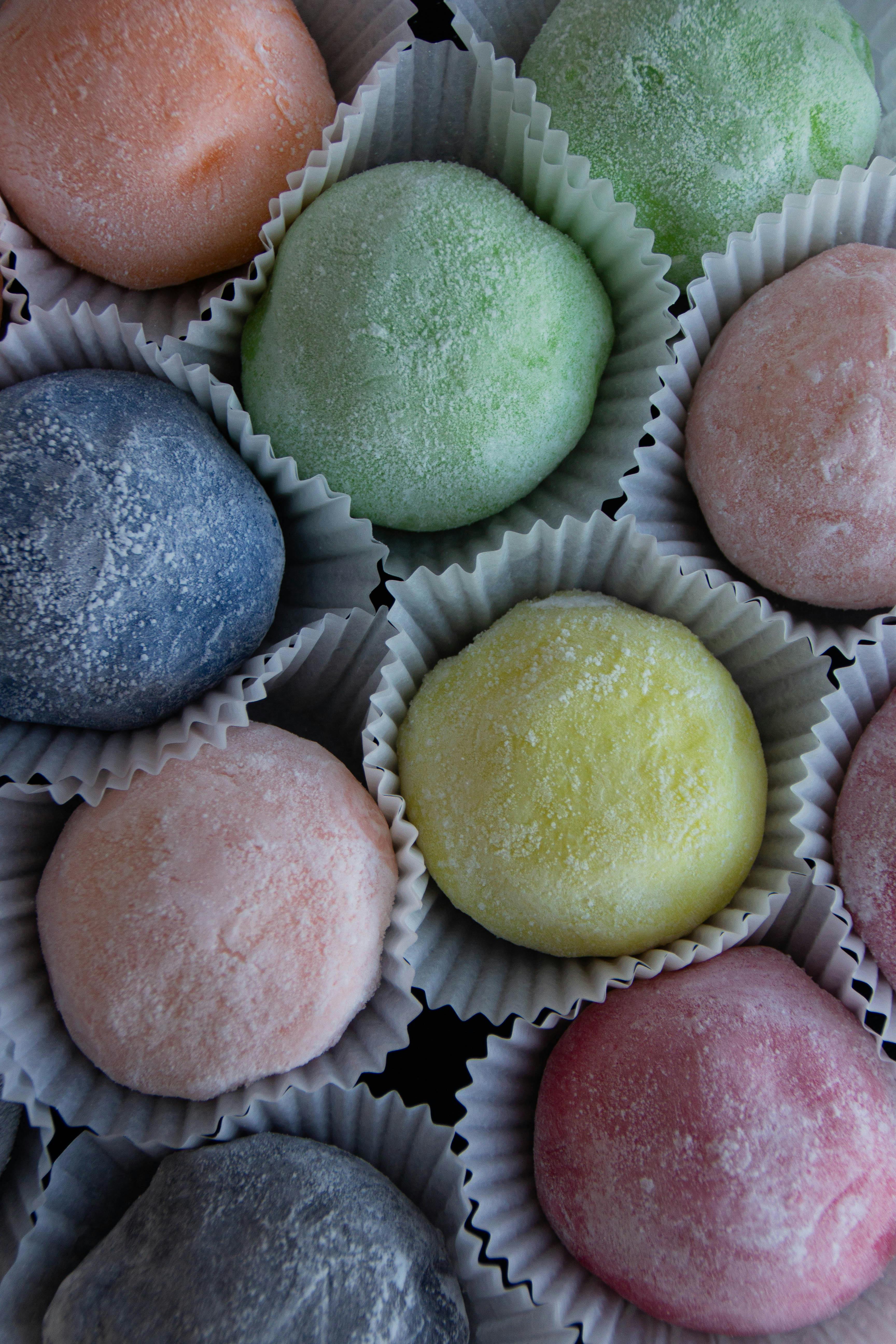
Effective Ways to Froth Milk for Perfect Coffee in 2025 - Discover the Secrets!
Frothing milk is an essential skill any coffee enthusiast should master in order to create the perfect cup of coffee. Whether you're making a rich cappuccino, a creamy latte, or simply want to enhance your favorite hot chocolate, understanding how to froth milk effectively can transform your beverages at home. In this guide, we'll explore various milk frothing techniques, from manual methods to modern appliances, and help you discover the secrets to creating a perfect foam texture. You'll learn the significance of milk selection, temperature control, and different frothing methods that will elevate your coffee experience.
Milk frothing techniques are crucial in the world of coffee. You will not only get to know how to froth milk, but also the best milk for frothing and tips to create beautiful latte art. As we journey through the nuances of steam and frothing, you'll find easy-to-implement tips and tricks that can set your preparation apart from the rest. So, grab your milk frothing equipment, and let’s dive into the art and science of frothing!

Essential Techniques for Frothing Milk at Home
Mastering milk frothing techniques is the first step to achieving that velvety consistency in your coffee. Understanding the different methods available sets you up for success. Here's a look at the most popular ones:
Choosing Between Manual and Electric Frothers
The first decision you need to make is whether to use a manual or an electric milk frother. Manual frothers, like the French press or handheld whisks, allow you to have direct control over the frothing process. They are cost-effective and ideal for beginners who want to practice their techniques. However, electric milk frothers provide consistent results and are perfect for those who crave convenience and efficiency.
When selecting, consider the best milk for frothing, as different types yield varying results. For instance, whole milk creates creamy, rich microfoam, while skim milk offers airy, light froth. Always choose quality milk for the best frothing experience.
Understanding Temperature Control
The temperature for milk frothing is pivotal in achieving a good foam. Milk needs to be heated to a specific range - generally between 150°F to 155°F (65°C to 68°C). Too hot, and you risk scalding, which breaks down proteins and affects froth stability. Too cold, and you won’t achieve the desired texture. Invest in a thermometer for precise control to avoid common frothing mistakes.
Perfecting Your Steaming Techniques
Steaming milk allows you to create varied textures and enhance flavor profiles. It's important to learn how to steam milk effectively; this means properly aerating the milk while heating. For textured milk, introduce air bubbles slowly, while for microfoam, a vigorous steam allows for finer bubble size. Understanding the differences in frothing techniques between steaming and frothing milk can elevate your skills further.

Advanced Milk Frothing Methods
Once you've grasped the basics, it's time to explore advanced frothing methods. Various techniques can produce unique results tailored to your preferences.
Exploring Stovetop and Microwave Frothing
Stovetop milk frothing is a traditional technique that takes advantage of heat from your stove. A simple pot and milk whisk can create an airy foam if executed well. Alternatively, the microwave provides a quick solution: heat milk in a jar, then shake vigorously. Just be cautious not to overheat. This method is particularly useful for making frothy milk for cappuccino.
Using a French Press for Frothing
A French press is another effective tool for frothing milk. Simply heat your milk and pour it into the press. Moving the plunger up and down introduces air and aerates the milk, leading to delightful texture and foam. It’s a fun and hands-on method that many baristas swear by!
Barista-Style Frothing Techniques
Attending barista workshops can greatly enhance your frothing abilities. Professional baristas utilize specific techniques like spinning the milk pitcher while frothing to create a whirlpool effect. This mix of techniques ensures a perfect blend of milk and air, leading to rich microfoam ideal for latte art.
Creating Perfect Milk Foam for Different Coffee Drinks
Different types of coffee drinks require distinct frothing textures. Understanding the desired milk texture for coffee can guide your frothing approach.
Frothing Milk for Espresso Drinks
When frothing milk for espresso-based drinks, achieving a fine microfoam is key. This is primarily used for lattes and cappuccinos. Focus on incorporating air slowly while steaming for a smooth texture that complements the richness of espresso. Knowing when to stop frothing is crucial, as you want just enough air for that texture without compromising the milk’s integrity.
Frothing Non-Dairy Milk Options
If you’re using non-dairy options like almond or oat milk, the frothing techniques vary slightly. Almond milk tends to froth well due to its protein content, while oat milk creates a creamy texture that’s close to dairy. However, be aware that non-dairy milk might require different frothing temperatures and techniques. Always experiment with brands to find what works successfully.
Milk Frothing Troubleshooting Guide
If you're experiencing issues with your froth, common mistakes include over-frothing or not introducing air correctly. Pay attention to temperatures and ensure equipment is clean to avoid residue interfering with your frothing process. Experimenting with different milk types can also yield better results.
Q&A: Common Questions About Frothing Milk
What is the best milk to use for frothing?
Whole milk provides the richest and creamiest froth, while skim milk creates a lighter foam. For non-dairy options, look for those labeled as barista-specific variations for better results.
How do I create froth without a machine?
Using a whisk or French press can help you froth milk manually. Simply shake or whisk heated milk vigorously until you achieve desired foam.
What temperature should milk be when frothing?
The ideal temperature for frothing milk is between 150°F and 155°F. This allows for optimal froth without scalding.
How can I enhance the flavors in my frothed drinks?
Consider adding spices, flavored syrups, or even alternative milks to enhance the flavor profile of your coffee drinks.
Why is my milk not frothing as expected?
This can often be due to using the wrong milk type or improper temperature. Make sure you're selecting quality milk and monitoring temperatures closely.